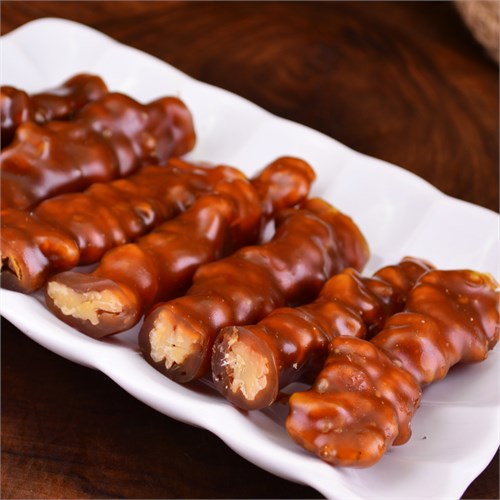Whether it is shoes, bags, clothes or jewellery, everyone has their weakness, the thing they make a beeline for when spending. These record-breaking shopping malls cater to all of them. Here is a look at some of the largest, most famous shopping centres around Asia.
Central World, Thailand
 |
| Photo Panatfoto |
Mid Valley Megamall, Malaysia
The Mid Valley Mall is one of Malaysia’s largest shopping centre, with 5 floors of shops and a parking area that can house up to 11,000 vehicles. The complex comprises of the shopping mall, an office tower and two hotels. This mall is also the first to house the four major anchor tenants- Carrefour, Golden Screen Cinemas, AEON and Metrojaya. With all the fashion houses and luxury brands the mall is a treat for whoever visits it.Istanbul Cevahir, Turkey
Located on the European side of Istanbul in Turkey, the Cevahir Shopping and Entertainment Centre opened its doors in 2005. It is the largest shopping mall in Europe. There are 343 shops, 34 fast food restaurants and 14 exclusive restaurants in the shopping centre. Other facilities include a large stage for events, 12 cinemas, a bowling hall, a small roller coaster and several other entertainment facilities.Berjaya Times Square, Malaysia
Covering 7.5 million square feet of floor area, Berjaya Times Square is the fifth largest building in the world. The Kuala Lumpur mall has over 1,000 shops, 65 eateries and a huge offering of entertainment attractions, including Asia’s largest indoor theme park, Cosmo’s World, and Malaysia’s first-ever IMAX 2D & 3D theatre.SM Mall of Asia, Philippines
The SM Mall of Asia in Metro Manila, the Philippines, opened in 2006, consists of four buildings interconnected by walkways. It features a 20-seater tram which takes shoppers around the mall grounds. One of the mall’s main attractions is an IMAX theater with one of the world’s biggest 3D screens. The mall also features an Olympic-sized ice skating rink. It can accommodate both recreational and competitive figure skating, as well as ice hockey.Read more: Top best shopping malls in Manila, Philippines
Golden Resources Mall, China
Nicknamed the “Great Mall of China,” the Golden Resources Mall covers an area of 6 million square feet. It is located near Fourth Ring Road in Beijing, China. The mall is 1.5 times bigger than the famous Mall of America which is the second largest in North America. In spite of the large size of the Golden Resources Mall, its major drawback is its location. It is inaccessible to most foreign visitors. Furthermore, the goods sold at the shopping centers are too expensive for the Chinese to buy.Dubai Mall, UAE
This sprawling mall in the glamour capital of the world is easy to get lost in. At over 12 million square feet (equivalent to more than 50 soccer fields), the Dubai Mall is the largest shopping mall in the world based on total area. The mall contains more than 1,200 shops, an ice rink, a SEGA game centre, a five-star hotel, 22 cinema screens and 120 restaurants and cafes. It also boasts the largest indoor aquarium in the world and it is the gateway to the Burj Khalifa, tallest building in the world. Yeah, Dubai likes to break records!
Source Internet
























